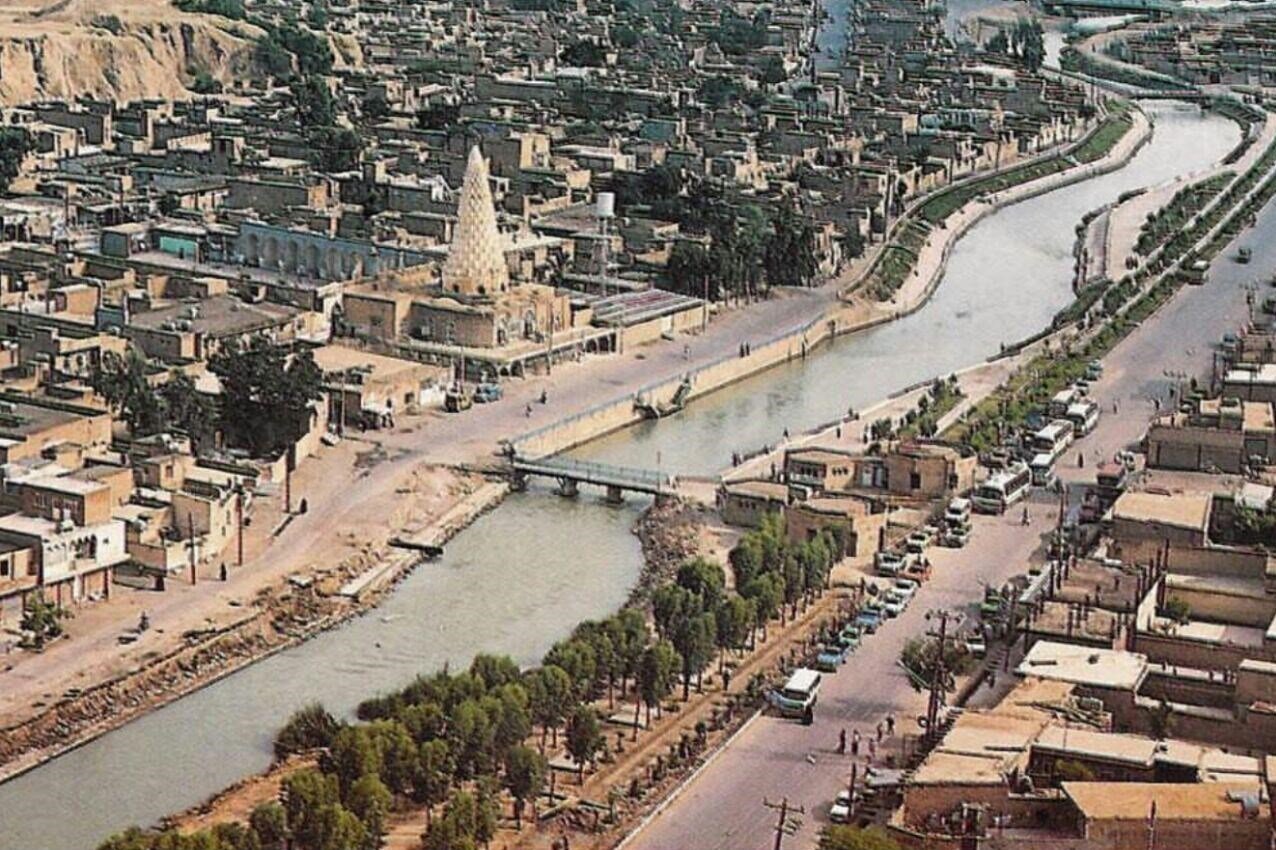Susa to develop tourist infrastructure

TEHRAN—Susa, a treasured ancient Iranian city occupying the whole southern flank of modern Shush, is set to develop tourist infrastructure as a prerequisite for a tourism boom.
“We are planning to help develop tourism in Susa which leads to the economic prosperity in this region,” Shush Governor Mohsen Hoveyzeh said on Sunday.
A top destination for modern travelers, the UNESCO-listed Susa was once the winter residence of Persian kings after having been captured by Cyrus the Great. Susa became part of the Persian Empire under Cyrus II, the Great in 538 or 539 BC.
Similar in scale to the UNESCO-designated Persepolis, Susa saw countless invasions and sackings during its history, which spans almost 6,000 years. Various archaeological seasons in Susa have yielded a wide variety of relics, including pottery, arms, ornamental objects, metalwork, bronze articles, as well as clay tablets.
Susa is also a gateway to several worthy destinations, such as the UNESCO-tagged ziggurat of Tchogha Zanbil, the ruins of Achaemenid Apadana Castle, Shush Castle (Akropol), Prophet Danial Shrine, Museum of Susa, the archaeological mount of Haft Tapeh.
It is interstring that Susa is addressed in the Bible primarily from the story of Esther in which Haman the Agagite planned to defeat the Jews of Persia. According to the story, Esther outwitted him by persuading her husband, King Ahasuerus of Persia, to sabotage Haman’s plan. The episode is commemorated every year in the Jewish Purim festival, which is marked with costumed parties and other celebrations, according to Ancient Origins.
Moreover, Susa is also mentioned in Nehemiah and Daniel, both of whom lived in the city during the 6th century BC in the period known as the Babylonian captivity when several Jews were held captive following the siege of Jerusalem by Nebuchadnezzar. A tomb known as Shush-Daniel is believed to be that of Daniel himself. It is capped by an unusual white cone which some believe was formerly a stone ‘Star of David.’
Archaeological evidence suggests that Susa has been continuously inhabited since 4,200 BC, placing it among the oldest continuously inhabited cities in the world. In addition, there are traces at Susa of a village inhabited around 7,000 BC and painted pottery dating from ca. 5,000 BC at the site.
During the Sasanian age, the city had a large Christian community. It was sacked by the Sasanian king Shapur II, who transferred the population to Iwan-e Karkheh, but Susa was sufficiently recovered in the early seventh century to fight against the Arabs, who nevertheless captured the city which remained important until the thirteenth century CE.
AFM
Leave a Comment